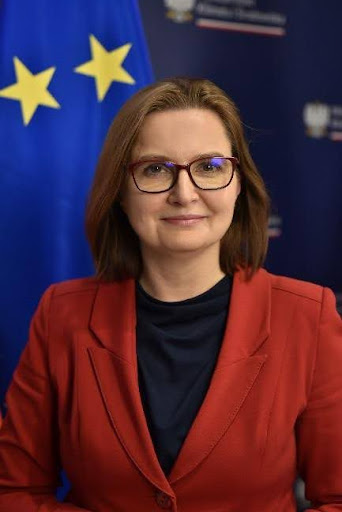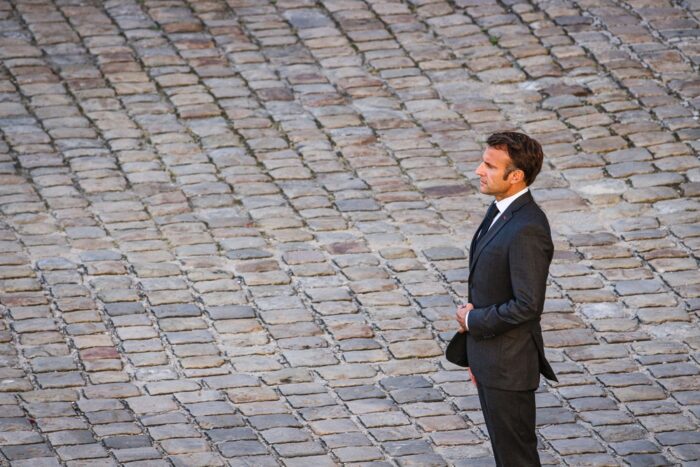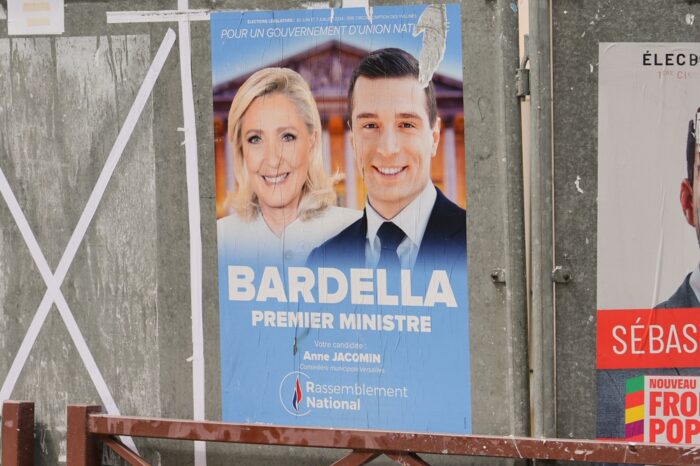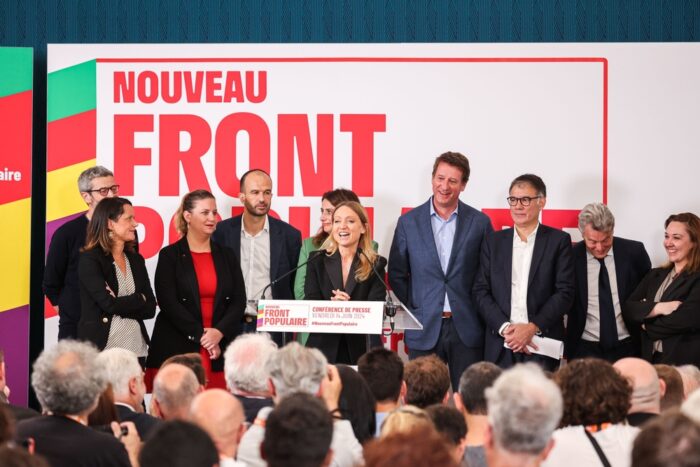The Progressive Post
The bottleneck of the Green Deal

The Green Deal is a series of projects that need to be implemented simultaneously in a very short time. The problem is that we lack the resources to carry out these changes. People are the most valuable resource and, at the same time, the biggest bottleneck of the green change.
Every change has its limitations in scope, time and resources. If we draw a triangle whose sides represent these three elements, we get a project management tool. If you increase the scope of the project, this will increase the time and/or the resources that are needed, be it people or money; if, on the other hand, you have fewer resources, then you will have to limit the scope (and thus the quality of the project) and the time. The triangle must be closed – you cannot change one side without changing the others. The tool works well for simple projects (although it is hard to say that any project is ‘simple’ because each one is a real challenge).
But what if the project is huge, like the Green Deal? If it were a question of one specific change, such as ‘just’ a change in energy sources, or ‘only’ a change in the transport system, then humanity would certainly be able to cope – just as it managed to cope with the ozone hole, even though it was a big challenge. But there are a lot of changes: energy, transport, construction, circular economy, forest protection, water management, agriculture, our eating habits… So, how are we supposed to manage such a huge and manifold change?
Going back to our triangle, let us take the element of time. We know that we do not have much of it – climate change is progressing very fast, and the window of 27 years until 2050 – the target year to achieve climate neutrality according to the Intergovernmental Panel on Climate Change – is very short and we cannot extend it. So why not reduce the scope of the green transition? This, however, is impossible too, because we will not achieve climate neutrality if we neglect any of the elements, be it transport, construction, forests, agriculture or production.
So, if we want to achieve the climate neutrality target (the scope) by 2050 at the latest (limited time), we need to adapt resources accordingly. And these are also limited, and not only monetary resources. People are the most valuable resource of the Green Deal and, at the same time, they are the biggest bottleneck. This is because the scope of the ‘project’ is so huge that it exceeds our capabilities.
For many people, the multitude of changes in a very short time is a big challenge which can lead to reluctance and denial of the need for change. The understandable fears of the people are exploited by populists, as well as by hostile states, which use disinformation to fuel resistance and to provoke conflicts. To deal with them, we must use tools to familiarise people with the necessary change and gain social support.
Each change requires several leaders (not necessarily formally empowered). People who are convinced of the necessity of the given change, who absorb new solutions and convince other people to do so – this is a natural, human process. In every town, village, school, social organisation (for example a group of pensioners or a group of rural housewives) and in every family. The problem is that these leaders simply cannot keep up because there are too many changes and too little time.
For the green transition to be successful, we need to put much more effort into educating and sharing the experiences of local leaders to equip them with knowledge and skills, for example, how to deal with disinformation. There is a lot of work to be done, for example, in sharing information on good practices. There are many cities that can boast of actions worth implementing in other cities, but this is not happening, or it is happening too slowly. The same is true of good practices at the national level – some states are doing better with nature protection, others have a well-functioning IT system for tracking waste, and still others are doing a great job with deposit systems. Unfortunately, these good practices are not passed on to other states or are passed on too slowly. Consequently, we make too little use of the wisdom of all the members states of the European Union.
I am not saying that there is no exchange of information at all – the European Union is doing a lot, for example, in the field of student exchange or scientific cooperation. Nevertheless, cooperation should be strengthened at the working level – among governments and NGOs. The prevailing attitude is one of competition rather than of cooperation and attempting to achieve a common goal. Without breaking down silos of thinking, the green transition will take too long, if it is completed at all.
There is another way to support the leaders of the green change: artificial intelligence (AI). We could use AI to persuade people to change their habits. But how? For example, by giving people an alternative – exactly the same way that companies are currently doing to advertise their products. If customers are looking for a dress online, they are shown dresses from various companies, encouraging them to buy a newer and more fashionable one. But maybe they should also see information about second-hand dresses or information that cheap dresses from China can only be worn for up to three washes before they turn into rags. Or another example: someone is looking for a dinner recipe for guests. Usually, he would make a meat roast, but maybe the system could suggest a tasty vegetarian dish made from local products. Of course, the information should only be a hint that allows you to choose, because it is the person who ultimately makes the decision.
Perhaps someone will say, ‘well, yes – but what does artificial intelligence have to do with it? After all, these are just advertisements. Well, it does, because each of us is different, each of us has different knowledge and different habits. AI could notice these micro-differences and encourage us to change our attitudes in a way tailored to each individual. It could act as a ‘change leader’ or look for new change leaders among the people. AI can help us implement the Green Deal and achieve the necessary changes. Maybe it is time to get used to it.
Photo credits: Shutterstock.com/Photobank.kiev.ua




